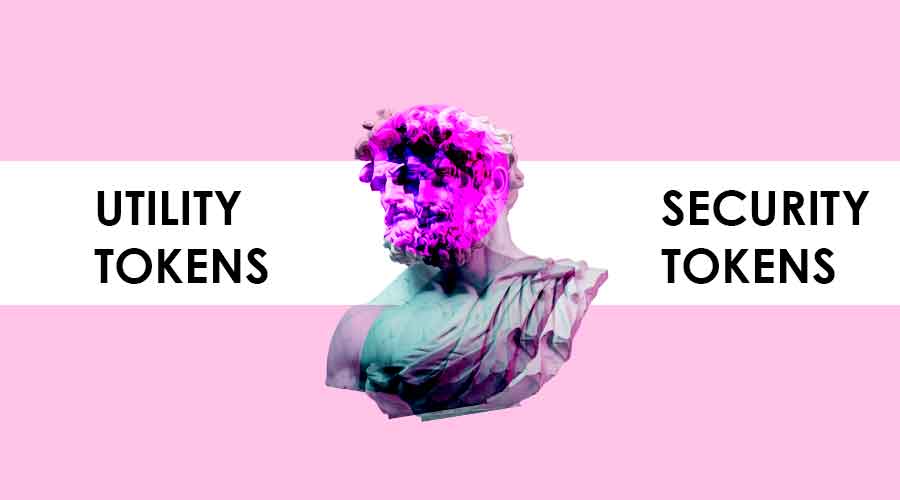 Token Classification: Navigating Regulatory Implications for Utility and Security Tokens
Token Classification: Navigating Regulatory Implications for Utility and Security Tokens
The advent of blockchain technology has ushered in a new era of digital assets and decentralized ecosystems. Among the myriad innovations, tokens have emerged as a pivotal element, serving various functions within blockchain networks. Two major categories of tokens, utility tokens and security tokens, have gained significant attention in recent years. While utility tokens primarily offer access to a platform or network’s services, security tokens represent ownership or investment in an underlying asset.
In this article, we delve into the crucial distinction between utility tokens and security tokens and explore the profound regulatory implications associated with each category. Understanding these differences and the regulatory landscape is paramount for blockchain projects, investors, and regulators alike as they navigate this transformative space.
The Basics of Utility Tokens:
Utility tokens, often referred to as user tokens or app coins, are digital assets designed to provide access to a blockchain platform or its services. They are typically used within decentralized applications (DApps) or networks to perform specific functions or access features. Utility tokens serve as a form of digital currency within their respective ecosystems, enabling users to pay for services, products, or access rights.
One of the fundamental characteristics of utility tokens is their primary purpose, which is to facilitate usage rather than represent an investment or ownership stake. Common examples of utility tokens include Ethereum’s Ether (ETH), which is used for executing smart contracts and interacting with DApps on the Ethereum network, and Binance Coin (BNB), which allows users to pay trading fees and access various features on the Binance exchange.
The Appeal of Utility Tokens:
Utility tokens have garnered popularity due to several compelling advantages:
Access to Services: Utility tokens grant users access to a platform’s services, incentivizing them to engage with and contribute to the network.
Incentivization: They provide a mechanism for incentivizing network participants, such as miners or validators, through token rewards.
Network Growth: Utility tokens can foster network growth as more users acquire tokens to access services, thereby increasing the platform’s adoption.
Functionality: They enable the creation of complex decentralized applications with unique functionalities.
The Regulatory Landscape for Utility Tokens:
Utility tokens have generally been subject to fewer regulatory constraints compared to security tokens. However, regulatory clarity has been lacking in many jurisdictions, leading to uncertainty within the blockchain industry. Regulatory authorities worldwide are working to establish clear guidelines for distinguishing utility tokens from securities.
In the United States, for example, the Securities and Exchange Commission (SEC) issued the “Howey Test,” which assesses whether a digital asset qualifies as a security. Factors such as the expectation of profit, investment in a common enterprise, and reliance on the efforts of others are considered in this evaluation. Utility tokens that do not meet the criteria of a security are generally deemed compliant.
However, the regulatory landscape remains complex and varies from country to country. Projects issuing utility tokens must carefully assess and comply with local regulations to avoid potential legal challenges.
The Dynamics of Security Tokens:
Security tokens, in contrast to utility tokens, are digital assets that represent ownership in an underlying asset, such as equity, debt, or real estate. These tokens derive their value from an external, tradable asset, and their issuance is often subject to strict regulatory oversight.
Security tokens are designed to provide investors with various rights, such as profit-sharing, dividends, or voting privileges within the issuing company or project. Unlike utility tokens, security tokens are subject to securities regulations in most jurisdictions, which aim to protect investors and ensure transparency in financial markets.
The Regulatory Landscape for Security Tokens:
Security tokens are subject to a range of securities laws and regulations, including registration requirements and compliance with investor protection measures. The legal framework governing security tokens is well-established in traditional finance and has been extended to the blockchain space.
Regulatory bodies in different countries, such as the SEC in the United States and the European Securities and Markets Authority (ESMA) in Europe, have issued guidelines and frameworks for the issuance and trading of security tokens. These regulations are designed to safeguard investors and maintain market integrity.




